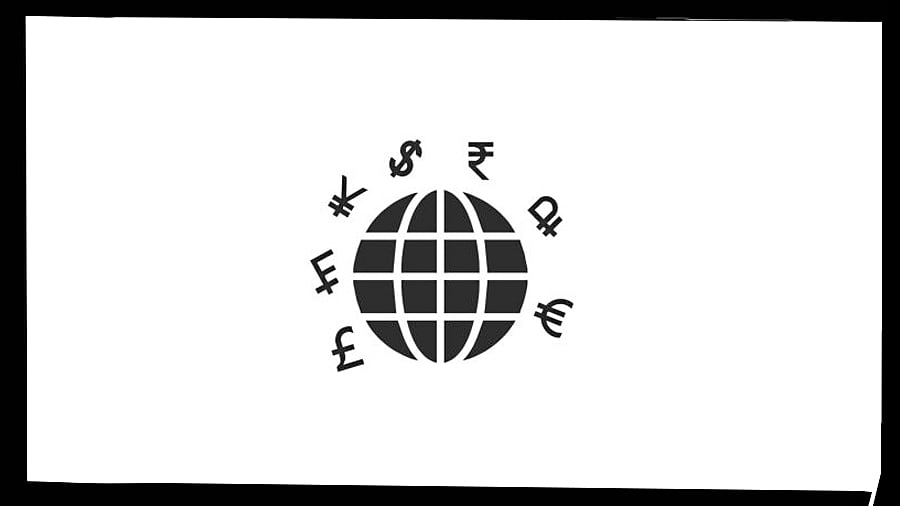
India misread the tariffs brought on by the United States and, at a broader level, the Trump administration. We were one of the first to approach the US on this matter, and we continued to believe that we would have a favourable deal till recently, given what we felt was a great rapport between Modi and Trump. Mainstream electronic media houses were complicit in driving this narrative. To understand why India got it wrong, it would be useful to connect two disparate data dots. Top that with India’s misreading of Trump’s desire to be seen as a peacemaker.
Let’s look at the first irritant and its impact. India exports roughly $90 billion, paying approximately 2 per cent tariffs currently, and imports roughly $45 billion at 12 per cent tariffs. The trade deficit of $45 billion carries a tariff differential of $5 billion per year in India’s favour after adjusting for exempted products. We should have seen this imbalance in America’s trade deficit and tariffs long ago and proactively addressed this. Modi is now overhauling the tax rates in a bid to boost the economy. This is expected to cost $20 billion, four times the tariff differential India was enjoying.
The other irritant is oil imports. In 2021/22, India imported roughly 2.5 million barrels of oil every day. Under the tacit approval of the West, India’s imports from Russia grew from 2 per cent then to 40 per cent today. India buys 45 per cent of the exported oil from Russia, a growth of 1900 per cent from pre-war levels. China buys the same percentage, a growth of 50 per cent from pre-war levels. So why did India need this extra oil suddenly? It was because we processed this extra oil and sold it for a profit overseas. Therefore, the rhetoric is misplaced, as we are profiting and fuelling the Russian war machine. Predicting the flow of events, we should have scaled down our offtake back to the 2022 levels and with that, justify our need to fuel the Indian economy and keep inflationary tendencies in check. We have now started to do this, drawing a balance between the US and Russia.
Experts predict that the impact of tariffs at 25 per cent is likely to be in the region of $11-12 billion per annum on tariffed goods and about 0.25 per cent on GDP. In the earliest days of cranking up our imports of oil, the difference was around $30 a barrel, leading to a gain of $16 billion. That has now come down to around $5 a barrel after accounting for logistics, etc. The benefit we get is estimated today to be only $3.5 billion, a delta of $8.5 billion from what we lose out on with tariffs.
Play the long game
Many commentators have suggested many responses, ranging from the knee-jerk to keeping the long-term in mind. The real issue is what we do now. There is no pattern in the madness. Why have the four treatments of the BRIC countries been different? Because there is a different playbook with each one. With Brazil, the US has a trade surplus. Why then, do they have tariffs of 50 per cent, which is higher than China and equal to India? Bolsonaro? With China, 150 per cent was brought down to 30 per cent; here, it is about the rare earths. For the quantities required, the ecosystem is expensive, and the returns don’t work out for a commercial operation. The CCP subsidised this for leverage and their long-term plans to pursue electric mobility and clean energy. This leverage on supplies was used to resolve the $650 billion of trade at stake between the US and China.
India made public its hypocritical treatment at the hands of the US, as it bought palladium, uranium, etc. from Russia. However, the reality is that US imports from Russia were at best $3 billion, down some 45 per cent from the previous year. India’s imports from Russia stood at $70 billion, almost twice what it imports from the US.
India must now not get caught in the whirlpool of its rhetoric. And it certainly must not seek to appease China and Russia in a hurry and on the rebound. One can expect that this is short-term. There are many moving parts – Russia and Ukraine could arrive at a truce as early as next month. India has already started to demonstrate it is willing to reduce its import of Russian oil while not displeasing Russia. The midterms in the US could go against Trump, and the US courts could reverse Trump’s executive decisions. Importantly, Trump does not define the long-standing US relationship with India. Trump himself may not have a long-term view on this matter.
For the US, it seems clear. The average tariff on its imports has seen inflows of $28 billion, three times post these levies were collected in June. This aggregates to $350 billion. Add to this DOGE cuts and some others, and we have $500 billion being saved or added to the US treasury. This pays half its annual interest cost of $1 trillion, which, if left alone, is not sustainable. This is good for no one, as it is the world’s biggest market by far.
In the short term, one sees no harm in subtly managing the relationships and dynamics at play and being practical. In the long term, anyway, as economist John Maynard Keynes said, we are all dead.
(The writer is the former managing director of a Tata Company and now runs a Bengaluru-headquartered corporate finance practice)